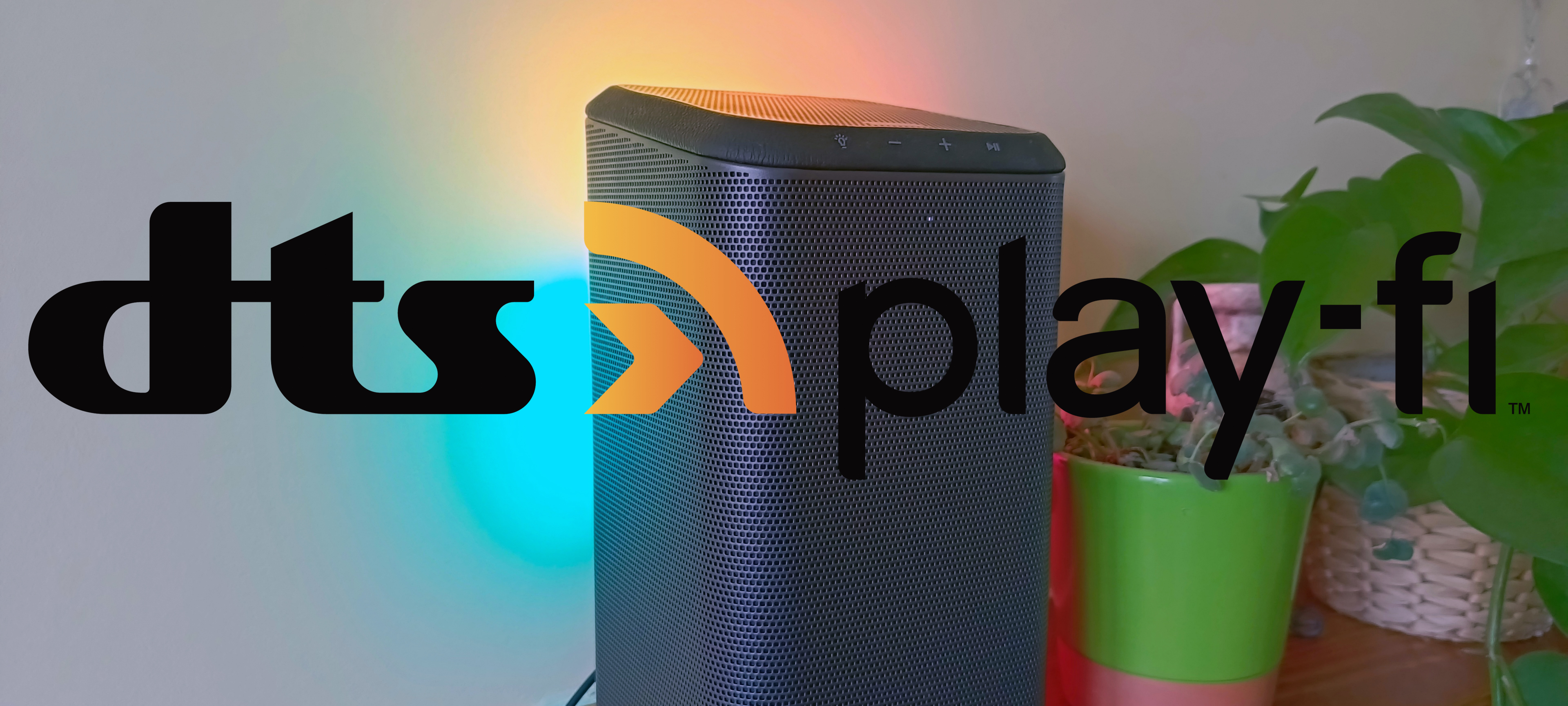Our Verdict
Although still mostly exclusive to higher-end audio brands, the expanding DTS Play-Fi lineup is now a truly viable option for a lot of people to turn their audio devices into smart hubs. Connectivity is still a little bit of an issue (it has a complicated relationship with certain types of routers, I found), but having a beautiful bookshelf speaker act as an Alexa and Google Home hub and being able to stream from a load of audio services to your home-cinema soundbar without having to turn the telly on has a definite appeal. And it's still growing, so DTS Play-Fi seems like a sound future bet.
For
- Almost no lag from app to device
- Connects across different brands
- Wide range of services already on board
Against
- Connectivity still fiddly at times
Why you can trust Creative Bloq
DTS Play-Fi exists for people who'd like to make their audio experience a little smarter, but either aren't satisfied with it being limited to their Alexa device or don't fancy the look, design or audio quality of bespoke smart devices.
So DTS has teamed up with a number of audio manufacturers (most of them in the higher-end part of the market) and developed an app to connect those devices wirelessly to turn them into de-facto smart devices that can be controlled from your phone.
I got a couple of compatible devices sent to me to use for a number of weeks, including a HiSense soundbar and home-cinema audio setup, and a Philips bookshelf speaker, along with setup instructions for the app. And even though I had some issues with Wi-Fi connectivity between the app, my router and the devices, the end result, I admit, is a rather brilliant classing-up of the whole smart-home experience.
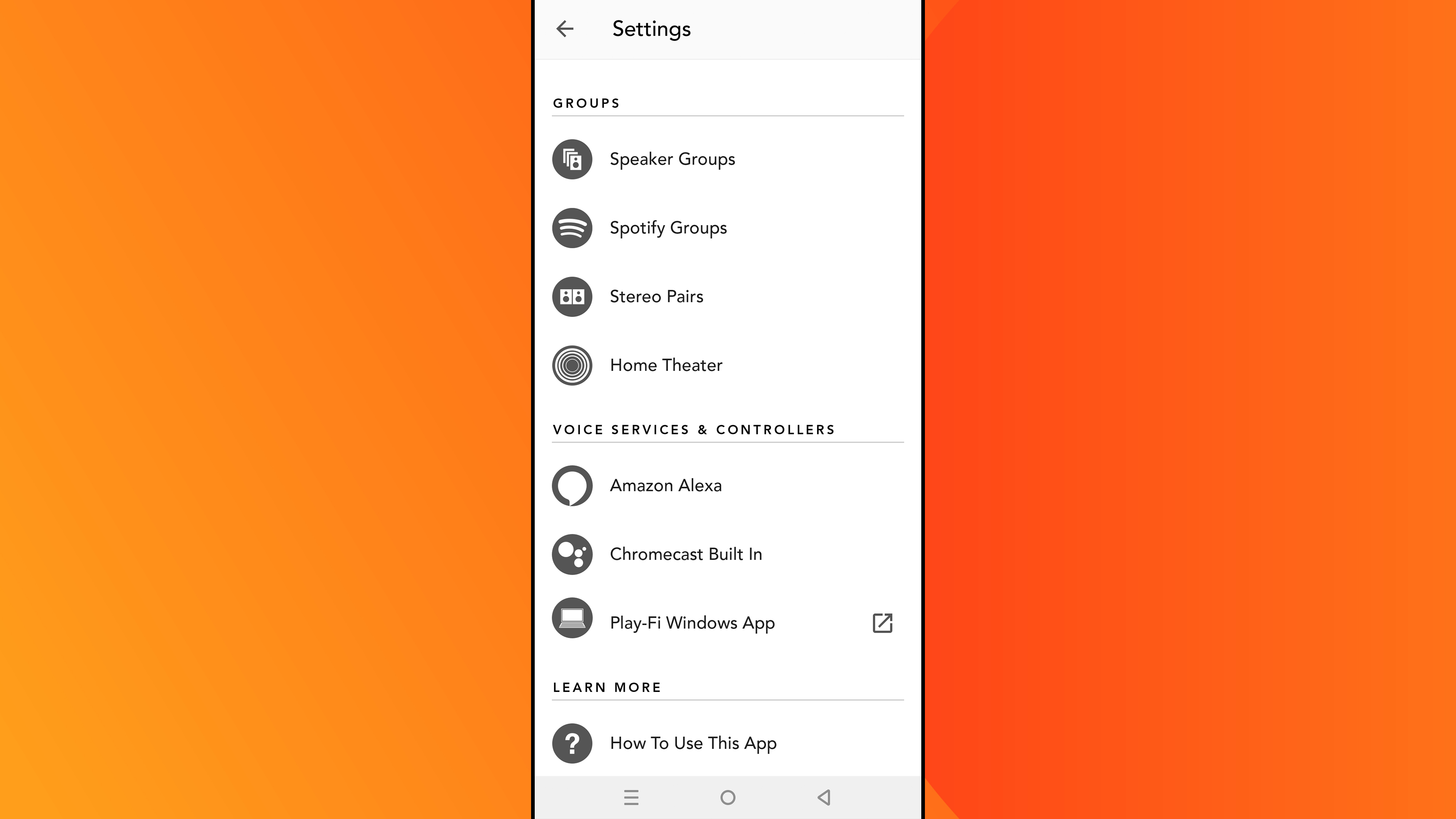
DTS Play-Fi review: Design and setup
DTS Play-Fi is an app that can be controlled via your phone, tablet, Windows PCs and some smartwatches. After a couple of years on the market, the app is now compatible with a number of different brands, although most are in the more expensive reaches of the audio market. This includes both mass-market and niche brands such as AudioLab, Thiel, Sonus Faber, Philips, Hewlett-Packard (certain tablets only), Anthem, Elite, Wren, Quad, Loewe, Polk Audio and about a dozen others at the time of writing.
For us mere mortals, we can also see soundbars from TCL and HiSense included on that list, and indeed I tried it out with a HiSense soundbar working with a Philips bookshelf speaker.
First up: connecting the thing.
That proved to be a little less straightforward than the simple instructions made me believe it would be. To connect a device to the Play-Fi app, you have to first enable the wireless pairing mode on the device itself, then pair it using your phone, and at that point, the app is supposed to automatically take you to the device setup screen. However, it didn't do so for me for either compatible device at first, and not until I had gone through several resets of both the speakers and the Wi-Fi router and reinstalled the app did it finally relent.
Daily design news, reviews, how-tos and more, as picked by the editors.
I found out after some online searching, that the type of router (a latest-edition one from Virgin Media) I have is known to have a turbulent relationship with Play-Fi for some reason, so connectivity isn't going to be this painful for everyone. However, this serves as a reminder for you to research ahead of time whether your internet router is compatible before investing in products with the aim of connecting them via DTS Play-Fi. In fact, DTS does state that routers supplied by internet service providers may struggle to connect at times, and recommend that users upgrade to a new router/access point, with 802.11n dual-band wireless (although my router does have that type of wireless connectivity).
Features & performance
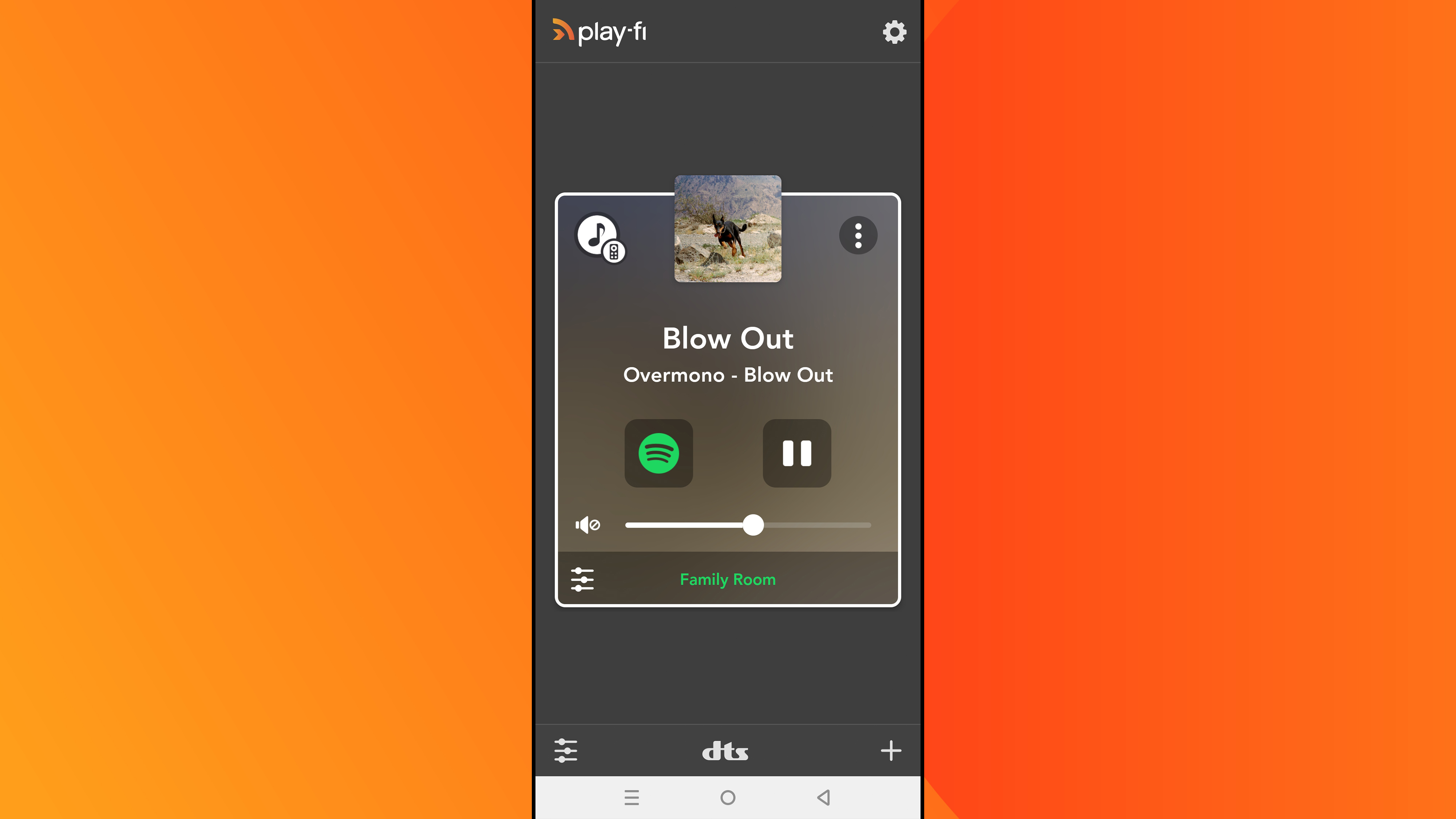
Once we were up and running, though, a suite of features opened up for me. First there is the straight 'casting' option, i.e. playing your music off your phone (I successfully used BBC Sounds, Spotify, Amazon Music and Play-Fi's built-in Internet Radio) through your speaker. It's also Alexa, Siri and Google Assistant-compatible, so using my Android I could use the fancy Philips bookshelf speaker as a Google Home speaker - a bit of an upgrade from Google's own offering there...
There's a Critical Listening feature, which allows for Play-Fi to send 'Hi-Res Audio' files (24-bit/192kHz) to the device without any transcoding or downsampling, which aims to bring the best out of your speakers.
I could also set up music presets, so after that, one click would start BBC Radio 6 Music on my Philips speaker, and another would beam Spotify into my HiSense soundbar).
The Play-Fi Home Theater mode also allows you to link your TV to multiple audio outputs at once, so I could boost my home theatre setup provided by the Hisense soundbar, subwoofer and back speakers by adding the Philips bookshelf speaker. There was no lag so these different brands worked together via the app in blaring the noise from action scenes across my lounge.
It even claims to link to your turntable (if it's from a compatible brand) to any connected speaker, although my lack of a compatible turntable meant I couldn't try this out for size.
And if you're a smartwatch fan, good news! You can use Play-Fi's playback and volume controls through Apple Watch and Android Wear devices.
Once I had conquered the mountain of frustration that setting the devices up and pairing them was, the entire experience of using them was a joy. I could change sound settings for the devices using the app, connect to and disconnect from multiple devices at once and use my speaker as a Google Assistant (although I did have to speak into the phone rather than the speaker itself, as that's where the app really is, the response just being cast to the speaker).
For a creative, being able to play audio production in progress off of several different or interconnected devices can be helpful, for example, to compare how your sound balance comes off in a single-speaker setup versus a directional-audio or surround setup.
Price
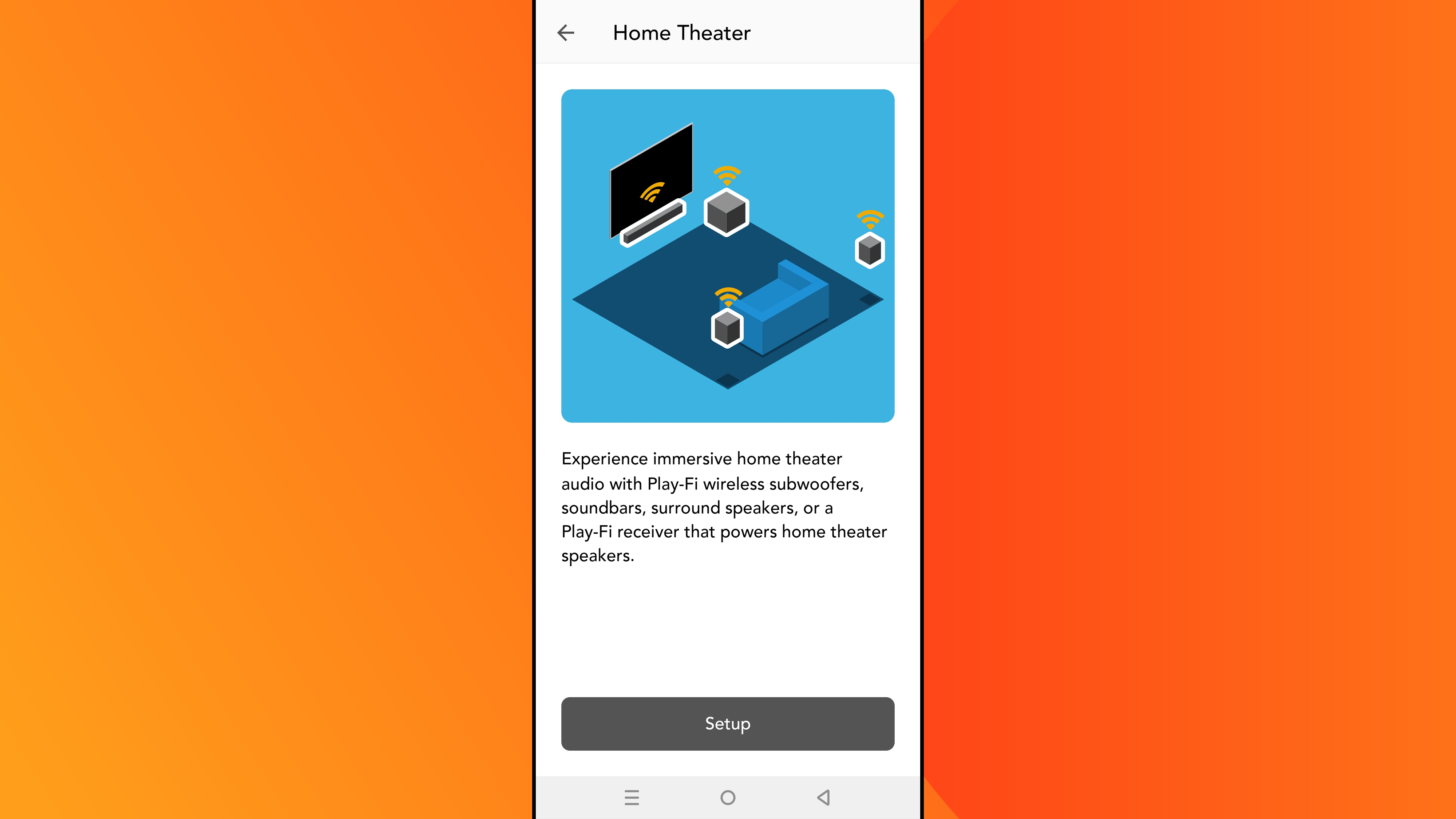
DTS Play-Fi is a free app, but to use it you need to buy compatible audio products, and like stated above, many of those are extremely premium and can easily set you back thousands of dollars/pounds a piece. The units I had for this test were the Philips Audio Fidelio FS 1/10 (RRP £329.99) speaker and the Hisense AX5100G soundbar with subwoofer and rear speakers (RRP £329.99), and that combination is close to the entry-level threshold for using DTS Play-Fi.
Should I get DTS Play-Fi?
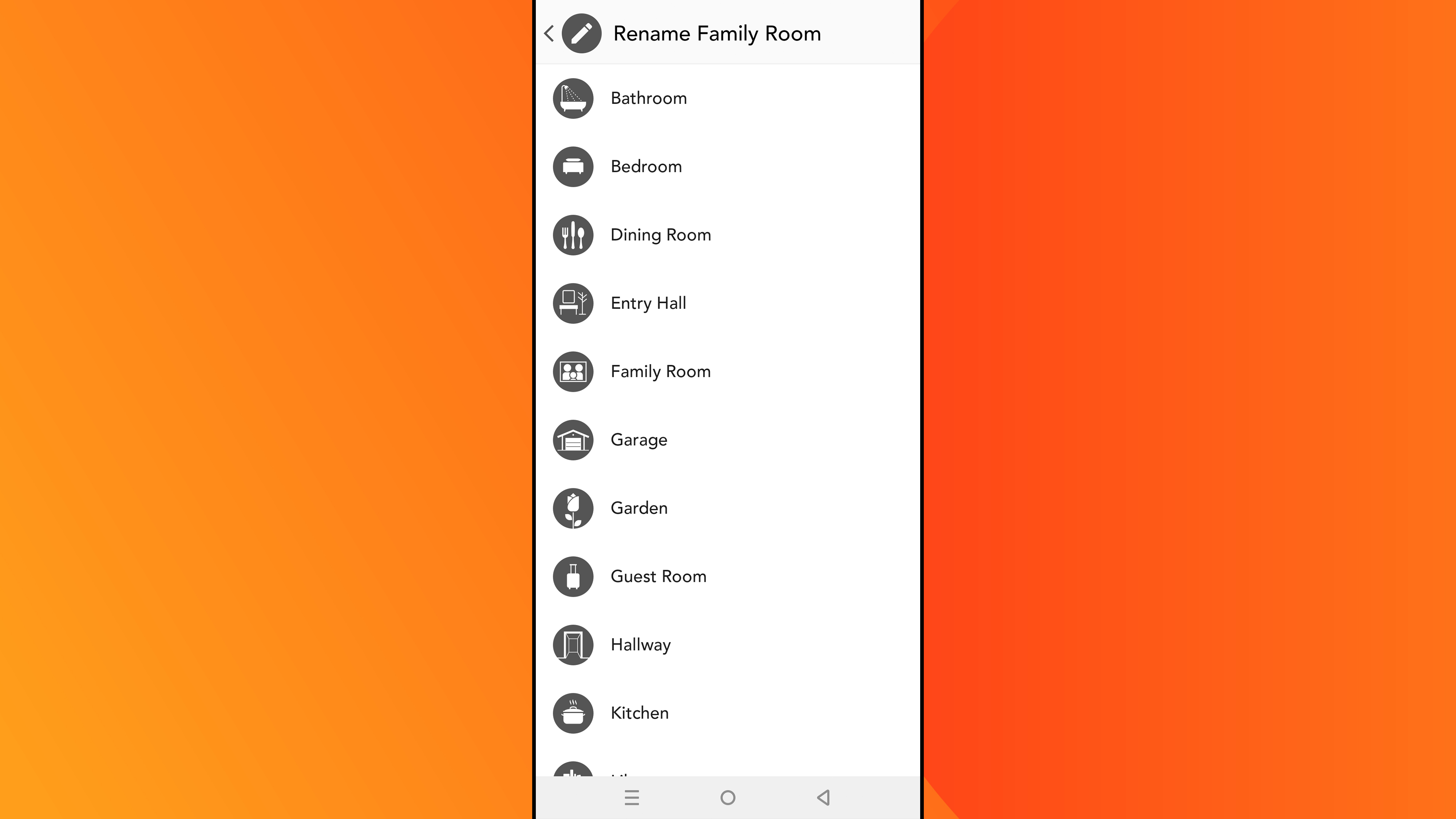
There are two scenarios where it makes particular sense for you to go down the DTS Play-Fi route. 1. You already have a high-end setup in your home or studio that happens to be Play-Fi compatible, or 2. you want a smart-compatible and interconnected audio setup but have higher quality aims than a Google or Alexa speaker. That's the reason Play-Fi is mostly compatible with high-end kit in this still-evolving guise, as that's where the intended target demographic resides. Apart from continuing teething issues with a pairing process that feels like it could still be simplified from its current incarnation, and the exclusive market segment it mostly occupies, DTS Play-Fi is a good future bet for a slightly classier smart-home setup that isn't reliant on a single brand.
out of 10
Although still mostly exclusive to higher-end audio brands, the expanding DTS Play-Fi lineup is now a truly viable option for a lot of people to turn their audio devices into smart hubs. Connectivity is still a little bit of an issue (it has a complicated relationship with certain types of routers, I found), but having a beautiful bookshelf speaker act as an Alexa and Google Home hub and being able to stream from a load of audio services to your home-cinema soundbar without having to turn the telly on has a definite appeal. And it's still growing, so DTS Play-Fi seems like a sound future bet.

Erlingur is the Tech Reviews Editor on Creative Bloq. Having worked on magazines devoted to Photoshop, films, history, and science for over 15 years, as well as working on Digital Camera World and Top Ten Reviews in more recent times, Erlingur has developed a passion for finding tech that helps people do their job, whatever it may be. He loves putting things to the test and seeing if they're all hyped up to be, to make sure people are getting what they're promised. Still can't get his wifi-only printer to connect to his computer.
